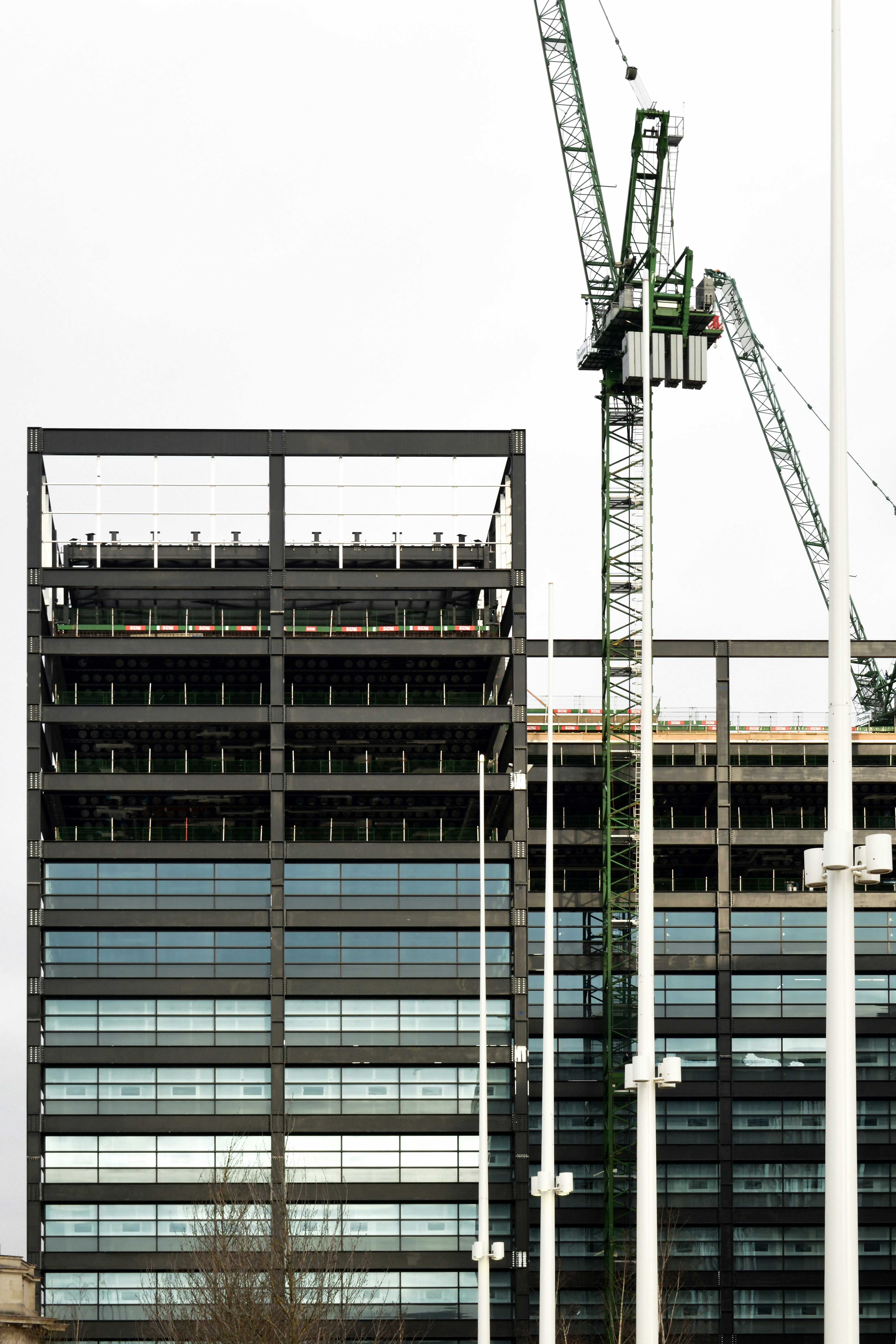Understanding the Importance of Hurricane-Resilient Building Codes
In recent years, hurricanes have grown in intensity and frequency, posing significant threats to coastal communities and infrastructures. One of the most effective strategies to mitigate the devastating impacts of these natural disasters is by adapting building codes for enhanced resilience. By strengthening the built environment, we not only protect lives but also reduce economic losses and ensure quicker recovery.
Building codes set the minimum safety requirements for structures, including materials, design, and construction techniques. These regulations are particularly crucial in hurricane-prone areas like Florida, where the strength and integrity of a building can mean the difference between safety and disaster.
The Evolution of Building Codes in Response to Hurricanes
Building codes have evolved significantly over the years in response to the lessons learned from past hurricanes. For instance, the aftermath of Hurricane Andrew in 1992 prompted a comprehensive overhaul of building standards in Florida. This hurricane caused catastrophic destruction and highlighted the need for stricter regulations to withstand severe weather conditions.
Today’s building codes incorporate modern engineering principles, advanced materials, and innovative design strategies aimed at enhancing the durability of buildings against high winds and floodwaters. These measures include impact-resistant windows, reinforced roofs, and elevated structures to prevent flooding.
Current Challenges and Opportunities
Despite the advancements in building codes, several challenges remain. One of the main hurdles is ensuring that these codes are consistently updated and enforced across all jurisdictions. Disparities in code adoption can leave certain areas more vulnerable to hurricane damage.
Moreover, the cost of compliance can be a concern for some developers and homeowners. Balancing affordability with safety is a delicate task, but one that is necessary to promote widespread implementation of resilient building practices.
However, these challenges also present opportunities for innovation and collaboration. By investing in research and development, we can create more cost-effective materials and construction techniques that meet or exceed current standards. Furthermore, partnerships between government agencies, the private sector, and communities can drive the adoption of stronger building codes.
Examples of Successful Implementation
Several regions have made significant strides in implementing hurricane-resilient building codes. For example, Miami-Dade County in Florida has become a model for hurricane preparedness due to its stringent building regulations. These codes have been credited with minimizing damage and speeding up recovery times after hurricanes.
Innovative Technologies and Materials
The incorporation of innovative technologies and materials into building designs is crucial for enhancing hurricane resilience. For example, the use of fiber-reinforced polymers in construction offers exceptional strength and flexibility, reducing the likelihood of structural failure during a storm. Additionally, modern technologies like 3D printing are being explored to create robust and cost-effective building components.
For more information on how to prepare for emergencies and safeguard your home, consider visiting HelpNow, which offers a range of resources and training programs.
Looking Forward: The Role of Policy and Education
Policy makers play a critical role in driving the adoption of hurricane-resilient building codes. By advocating for uniform regulations and incentivizing compliance, governments can ensure that communities are better prepared for future storms. Educational initiatives are equally important, as they raise awareness among builders, architects, and the general public about the importance of adhering to these codes.
To explore more about the government’s role in disaster preparedness and response, visit the FEMA website for comprehensive guidelines and resources.
Conclusion
Adapting building codes for hurricane resilience is a multifaceted challenge that requires cooperation and commitment from all stakeholders. By leveraging advancements in technology, fostering policy change, and enhancing public education, we can build stronger, safer communities that are ready to face the future.
For those interested in joining efforts to make a difference, consider volunteering with organizations like HelpNow. You can find more information about volunteer opportunities here. Working together, we can create a safer tomorrow.

